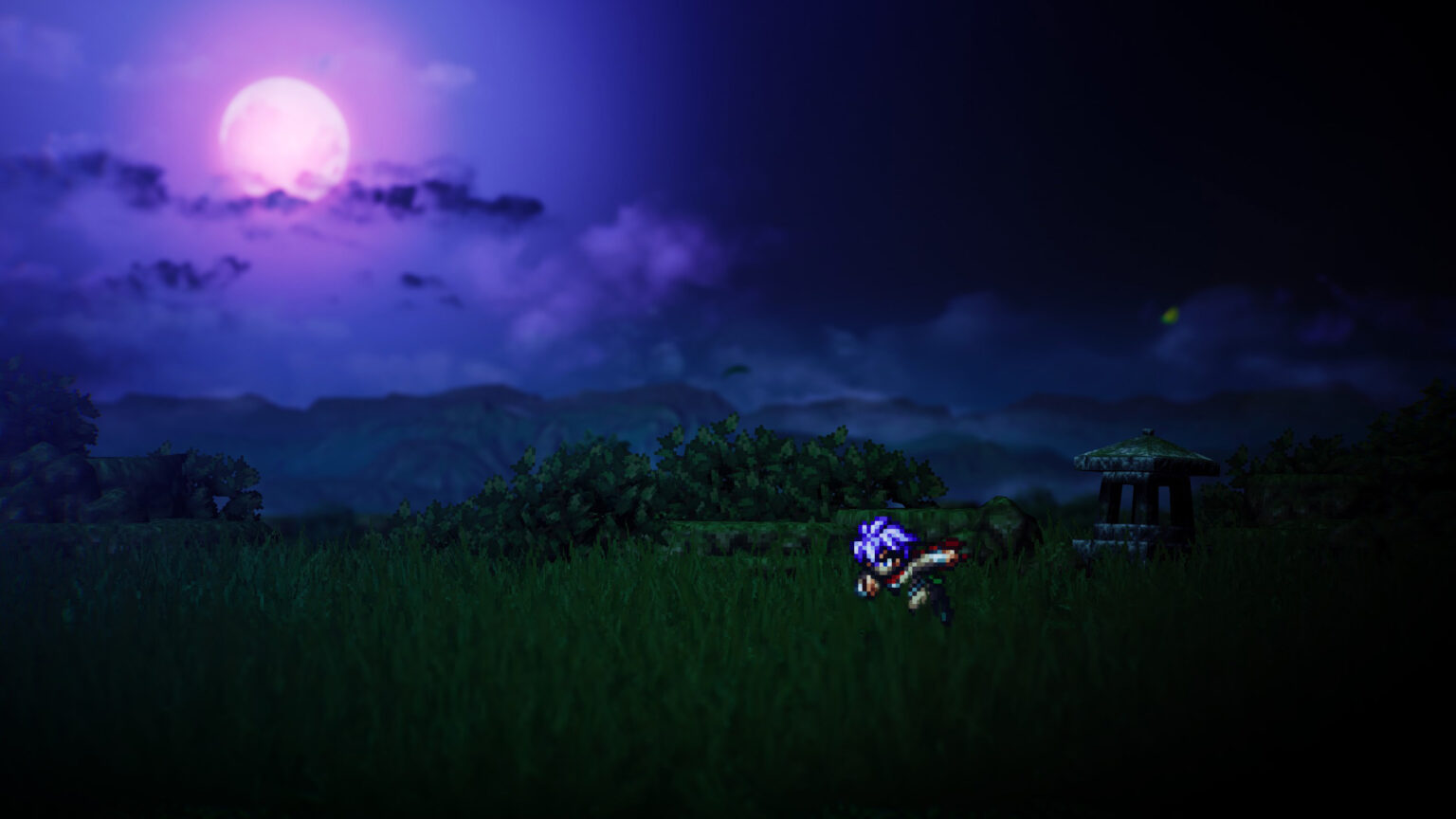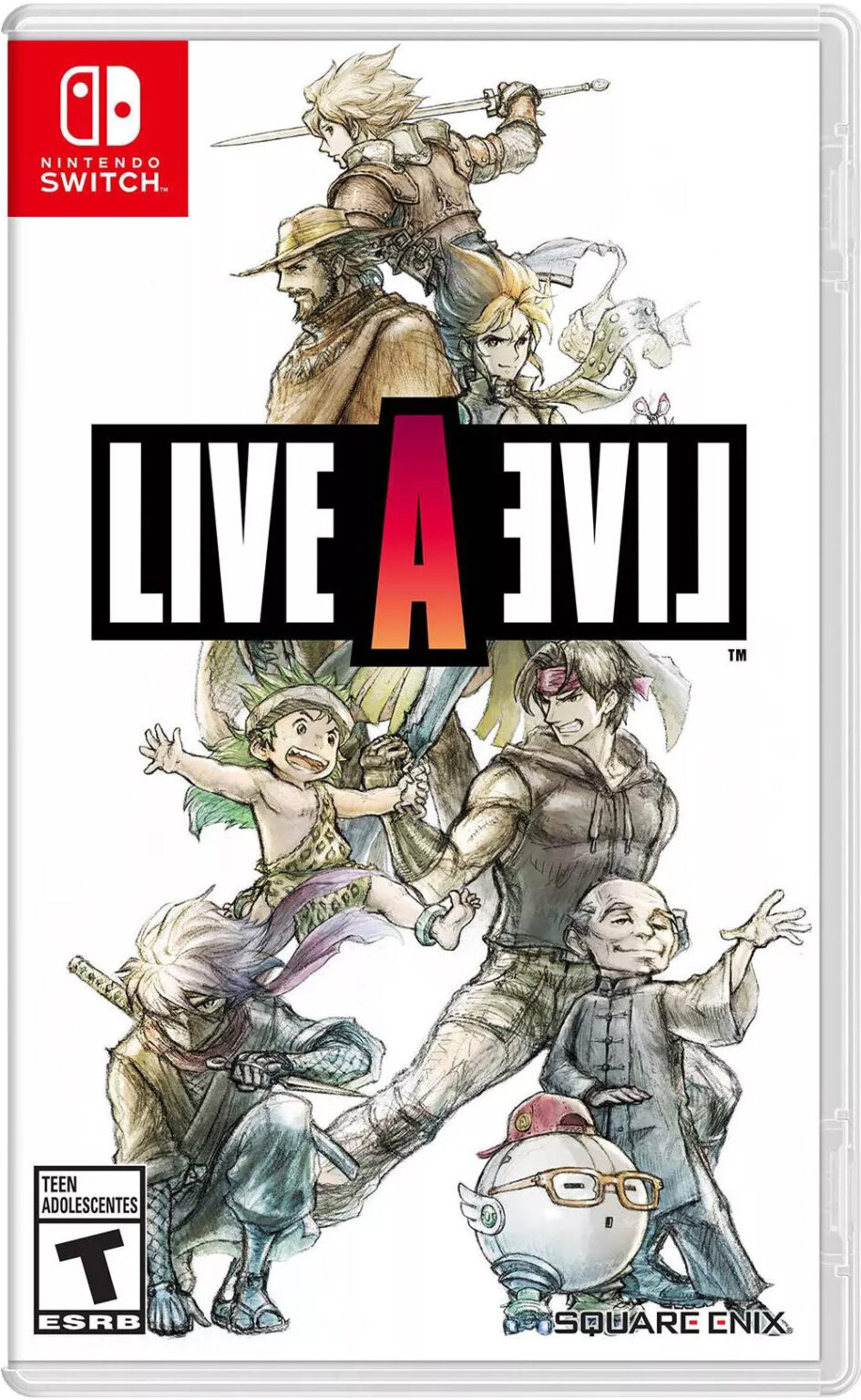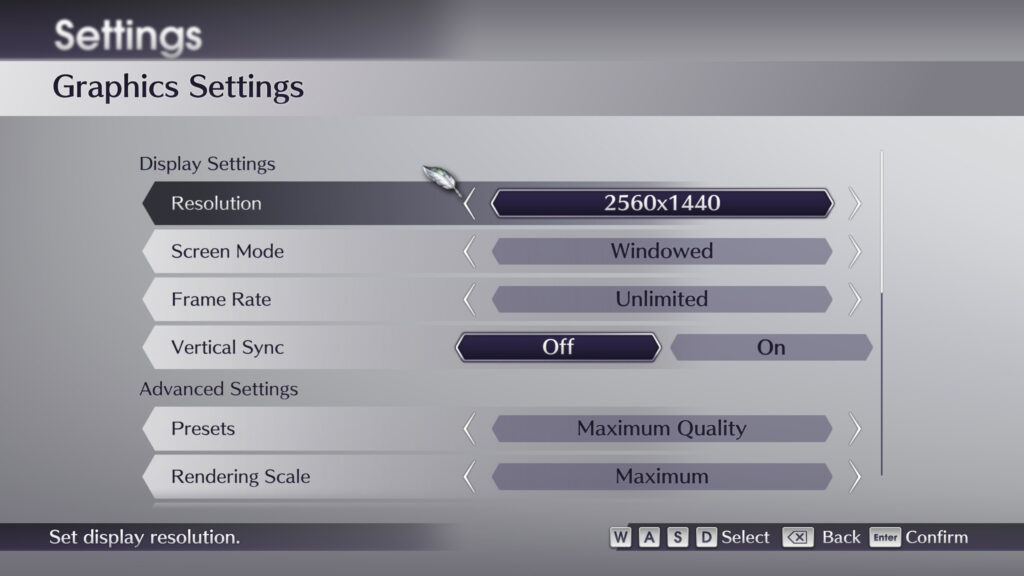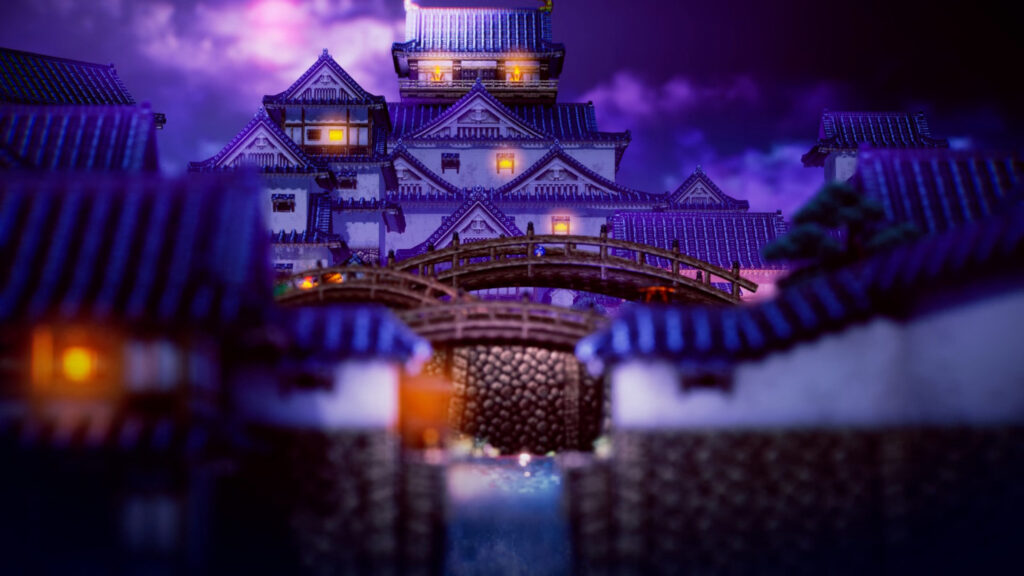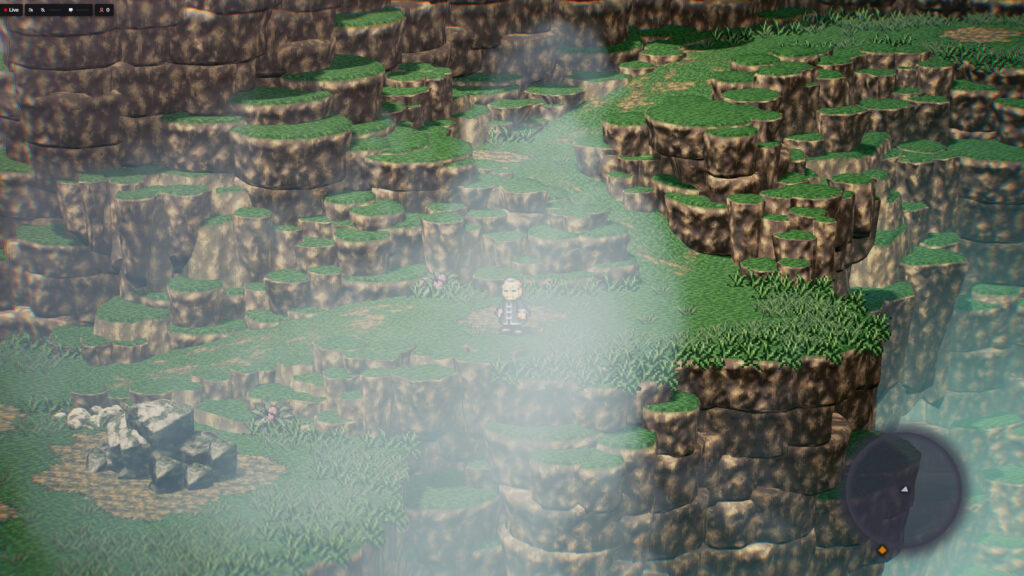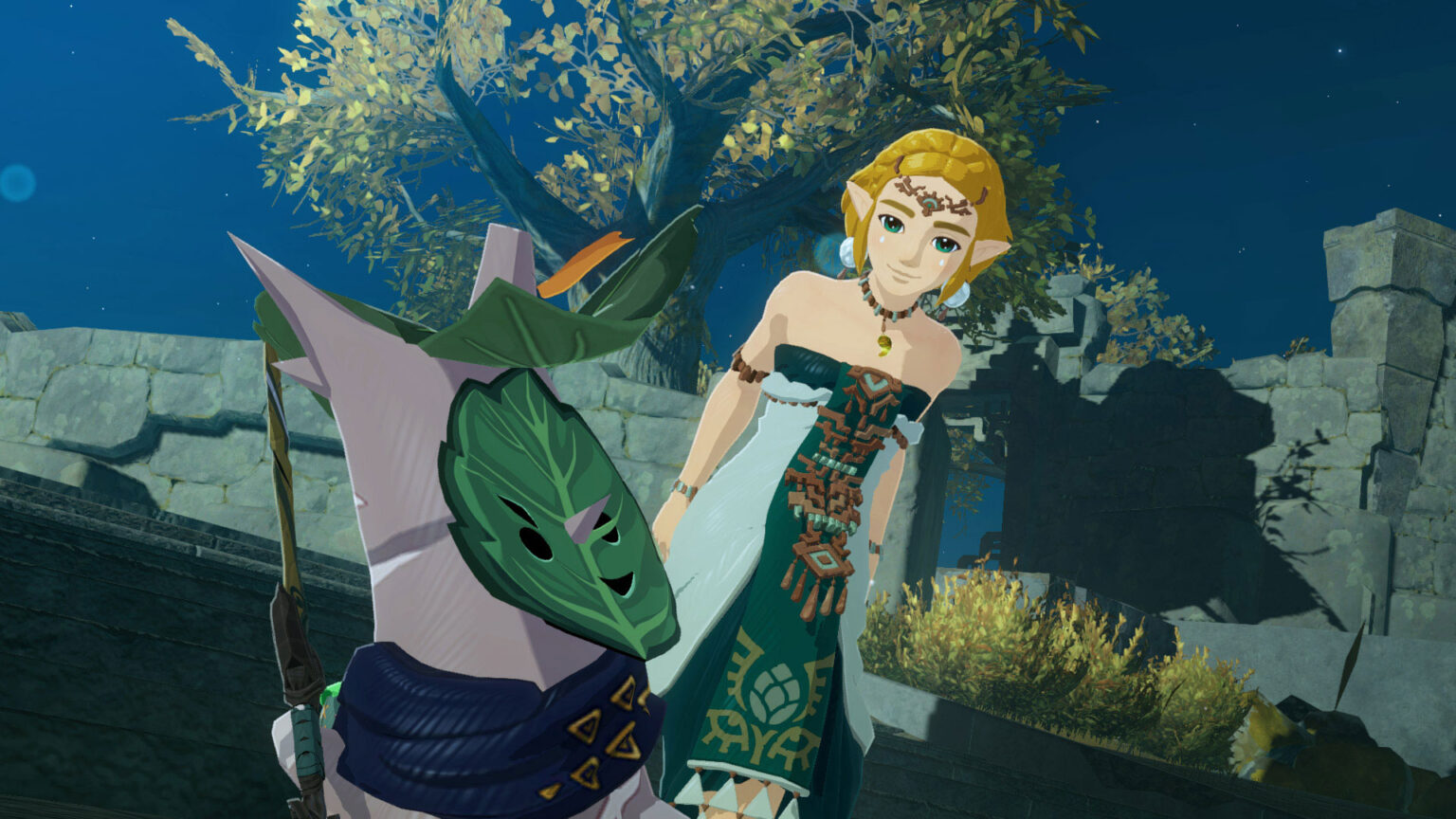Quick Verdict
Through my 35 hours of playtime prior to writing this review, I found that LIVE A LIVE encapsulates everything that was charming about 16-bit era JRPGs, including some of the frustrating design limitations from that generation. Still, it’s an adventure much worth taking, especially if you’re a fan of classic games like Chrono Trigger and Final Fantasy VI. However, what makes LIVE A LIVE so impressive is how its concepts and gameplay hold up against modern-day RPGs such as Octopath Traveler and its sequel. You’d quickly forget this game was originally released in 1994.
If you’re like me and grew up playing video games in the 80s and never missed a console generation, you’ve likely experienced a vast array of games. Personally, I have fond memories of the 16-bit era, with all the childhood debates of Sega Genesis vs. Super Nintendo; Sonic vs. Mario; bloody Mortal Kombat vs. sweaty Mortal Kombat. But even today, many gamers look back at the 16-bit era as the “golden age” of Japanese RPGs. After all, that was the period we had Final Fantasy IV and VI (II and III in the U.S., respectively), Chrono Trigger, Earthbound, Illusion of Gaia, Secret of Mana, and the original Super Mario RPG, to name a few.
One game from that era that never made its way outside of Japan was LIVE A LIVE. Over the decades, the game became a bit of a cult classic, and last year a remake was finally released for Nintendo Switch, marking the first time LIVE A LIVE officially made it to North America. It wasn’t until recently that LIVE A LIVE was released for PlayStation consoles and PC, which is when I had the opportunity to experience it for the very first time.
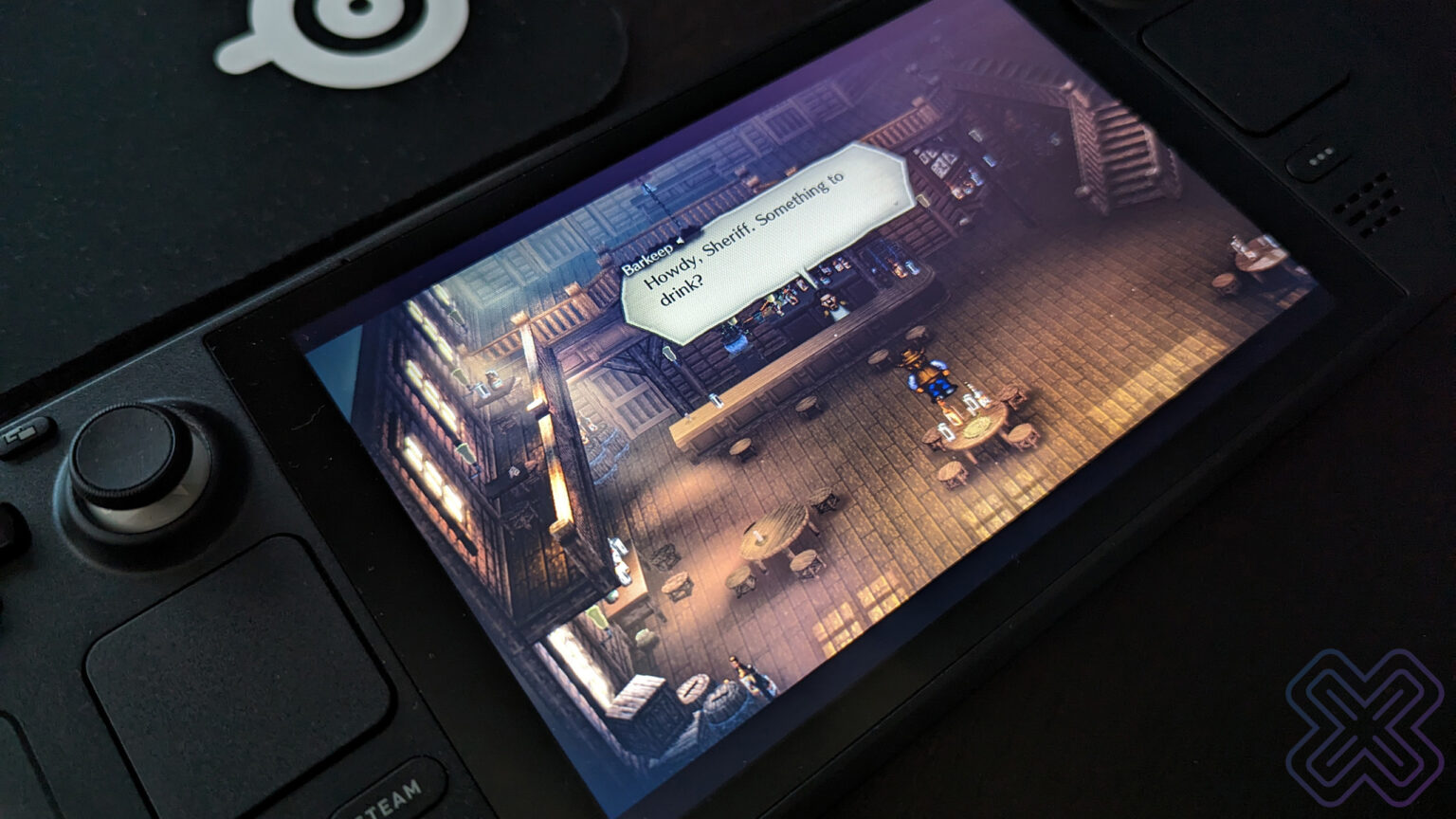
LIVE A LIVE is made for the Steam Deck — it looks and runs great on the handheld. Photo credit: Jason Siu | FullCleared
What is LIVE A LIVE?
LIVE A LIVE is a classic, 16-bit JRPG with a bit of a twist. In a way, it’s a spiritual predecessor to Octopath Traveler, and it’s fitting that Octopath Traveler is also the game that ushered in the same HD-2D style you see in LIVE A LIVE’s remake. Initially, you choose from one of seven time periods to play through, each with their own characters and stories. You have complete freedom to choose the order in which you play through each of the eras. While I don’t want to recommend a specific order, I suggest playing “The Near Future” last, as it provides the most complete experience. Otherwise, you might be a bit disappointed in some of the other stories. In total, LIVE A LIVE has eight different stories with eight different characters, but the final one is locked until you finish the initial seven.
As I started my playthrough, LIVE A LIVE reminded me of Saturday morning cartoons, or more fittingly, weekly anime since the game has its fair share of anime tropes. But as I got further along, Netflix’s series, “Love, Death & Robots” popped up in my mind as the perfect comparison. If you haven’t watched “Love, Death & Robots,” you really should, but it’s a collection of animated short stories that span several different genres. LIVE A LIVE is similar to “Love, Death & Robots” in that not every episode in the series is amazing, but even the worst episode is better than average. You will more than likely have mixed impressions as you play through the seven initial stories in LIVE A LIVE, which is very much like watching through a series of “Love, Death & Robots.” At the end though, you’re really glad you watched each and every episode because it’s a very satisfying experience — that’s exactly like playing through LIVE A LIVE. Coincidentally, the themes of love, death, and robots actually sum up LIVE A LIVE quite nicely.
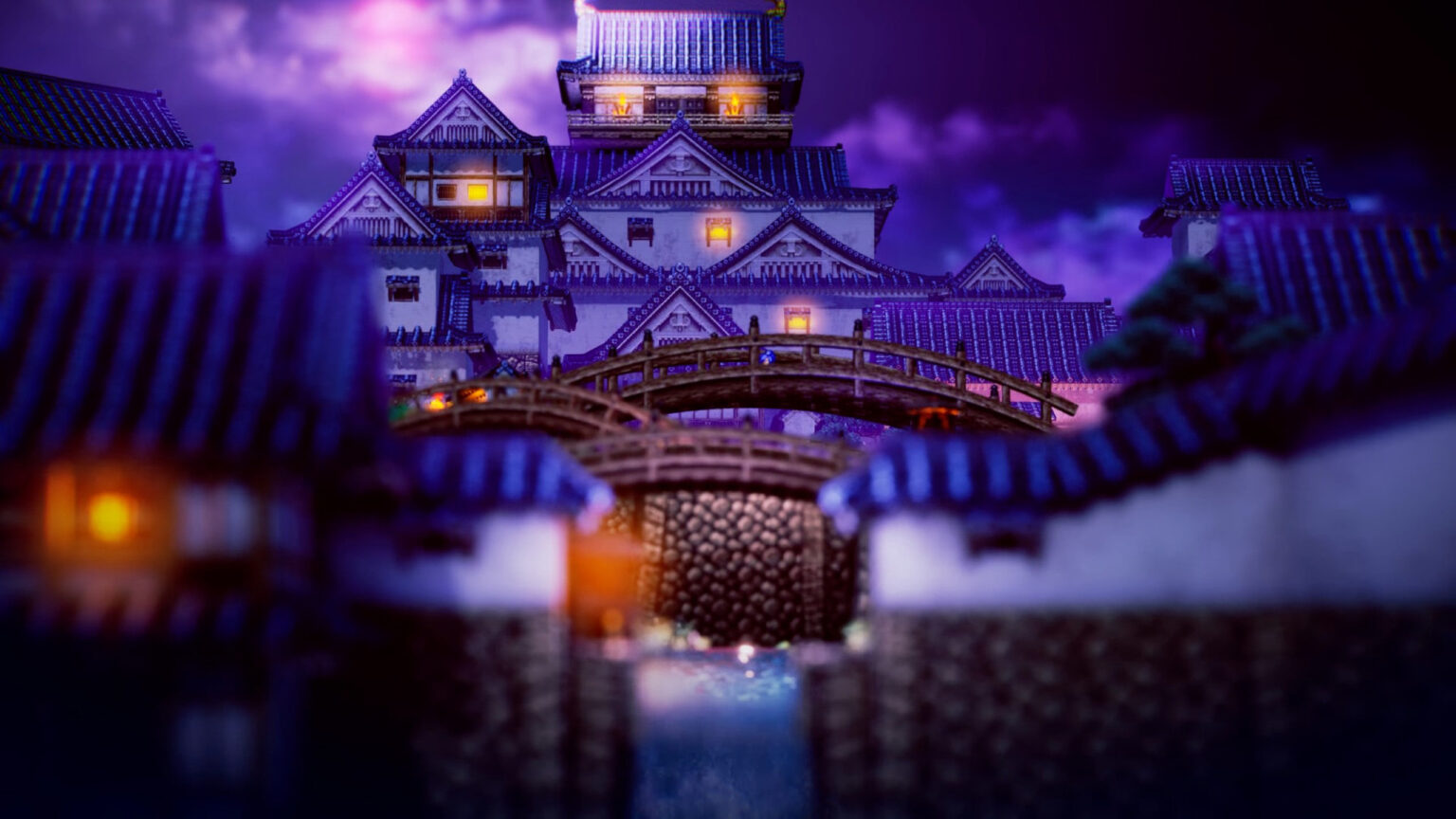
The HD-2D effect simply looks stunning in some of the environments in LIVE A LIVE
The Eras
Again, this isn’t a recommendation for an order to play through the eras, but this is the order I chose: Prehistory, The Wild West, Twilight of Edo Japan, Imperial China, Present Day, The Near Future, and The Distant Future. Each story exists in its own bubble, and if you had experienced this in 1994 when it was first released, I imagine it would have been considered groundbreaking at the time. Although each story averages about two to three hours, some are shorter and more linear than others. It’s a good variety that does a good job breaking up the gameplay into enjoyable sessions with a clear breaking point. It’s also why it’s such a great game for the Steam Deck and understandably why it first launched on Switch.
I particularly enjoyed the Prehistory era, which has all the charm seemingly lost with modern-day AAA game development. Major titles these days — let’s take Hogwarts Legacy for example — seem to run down a checklist of prerequisites: character customization, explorable open world, tiered gear, skill trees, side quests, etc. It’s almost as if developers forget to include “fun” on the list, while focusing on creating a reskinned God of War. I couldn’t help but smile during the Prehistory era, as it showcases the creativity of LIVE A LIVE’s original team, despite the hardware and software constraints of the early 1990s. There is no dialogue by design, instead a story is told through pixel gestures and animations. It’s almost like a form of art that has been lost through the years, because you can now ship a game that takes up over 150 GB of hard drive space.
Now, some present day gamers probably think I come from the Prehistory era of gaming, and they aren’t wrong. But there is a reason why so many indie games are now more successful than some AAA titles. We ultimately play games to have fun and be entertained, and LIVE A LIVE is a good reminder of what’s possible when you stop copying existing video game templates. There’s just something so charming with how each era and story plays out, with some clever mechanics because of how limited games were in that time. Admittedly, there was one era that I did find tedious, but it was the exception and not the rule.
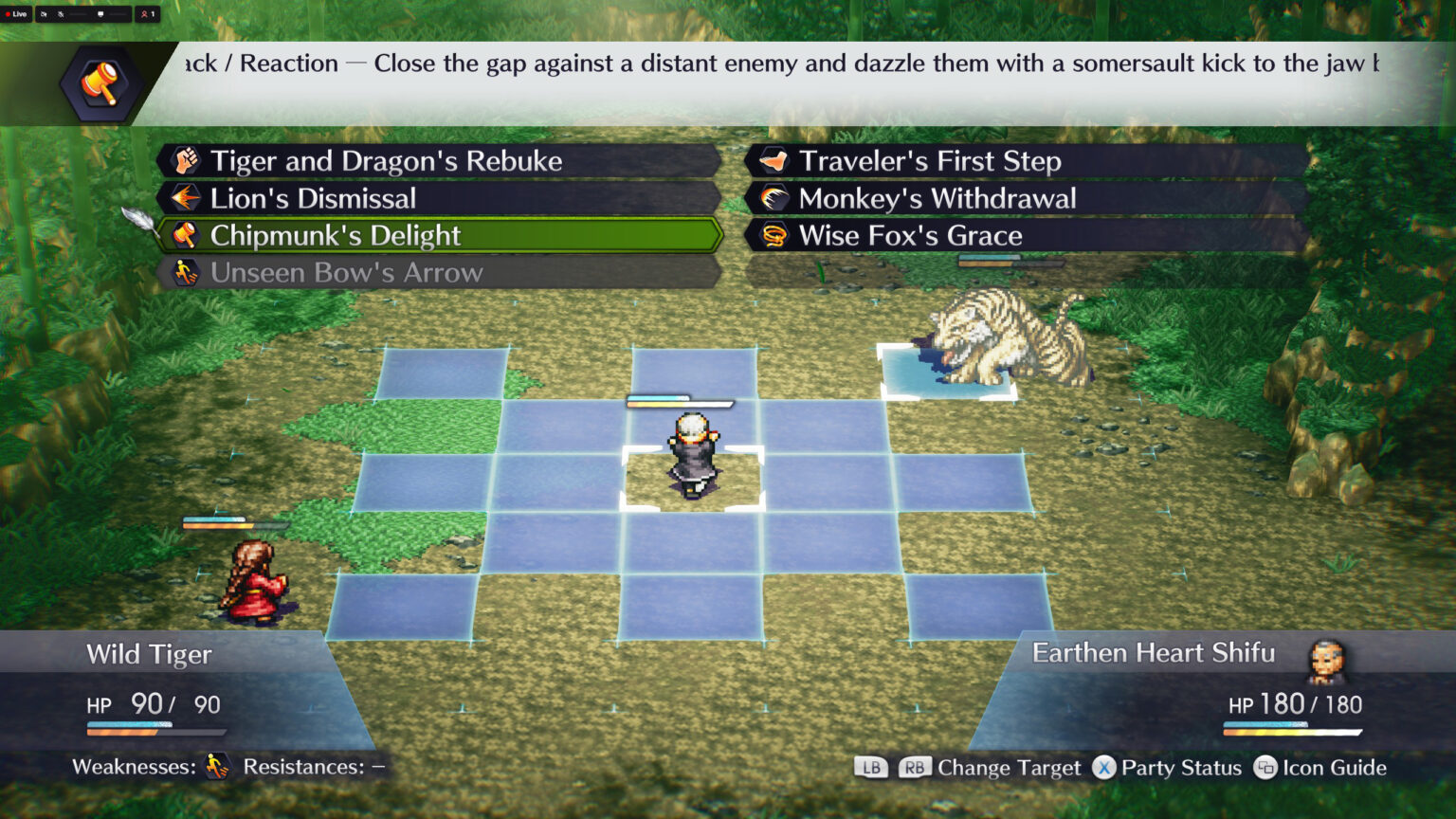
The grid-and turn-based combat system opens the door to tactical strategy
Combat
For all those people complaining how Final Fantasy XVI doesn’t have ATB, you should go and enjoy LIVE A LIVE. Its turn-based combat system isn’t the traditional one you’d find in classic Final Fantasy games. It is a grid-based system where each unit has a bar that fills up each time any action is taken, including movement. When a unit’s bar is filled, then it’s their turn to act, even if a unit is already in the process of moving. Positioning is very important to the combat in LIVE A LIVE, since some skills cover certain tiles, including what the enemy casts. Some fights can be quite difficult and while you won’t have to spend hours grinding, you can’t avoid combat altogether and progress either.
There are no resources to manage, other than your items. Yes, that means no MP usage or basic attacks, since everything is based on abilities and skills that have been unlocked on the characters. Successful battles or retreats from combat automatically heal the party back to full health, removing a lot of the inconveniences and frustrations from similar games of the era. It’s also a major factor why LIVE A LIVE feels like a modern game, despite the original releasing in 1994.
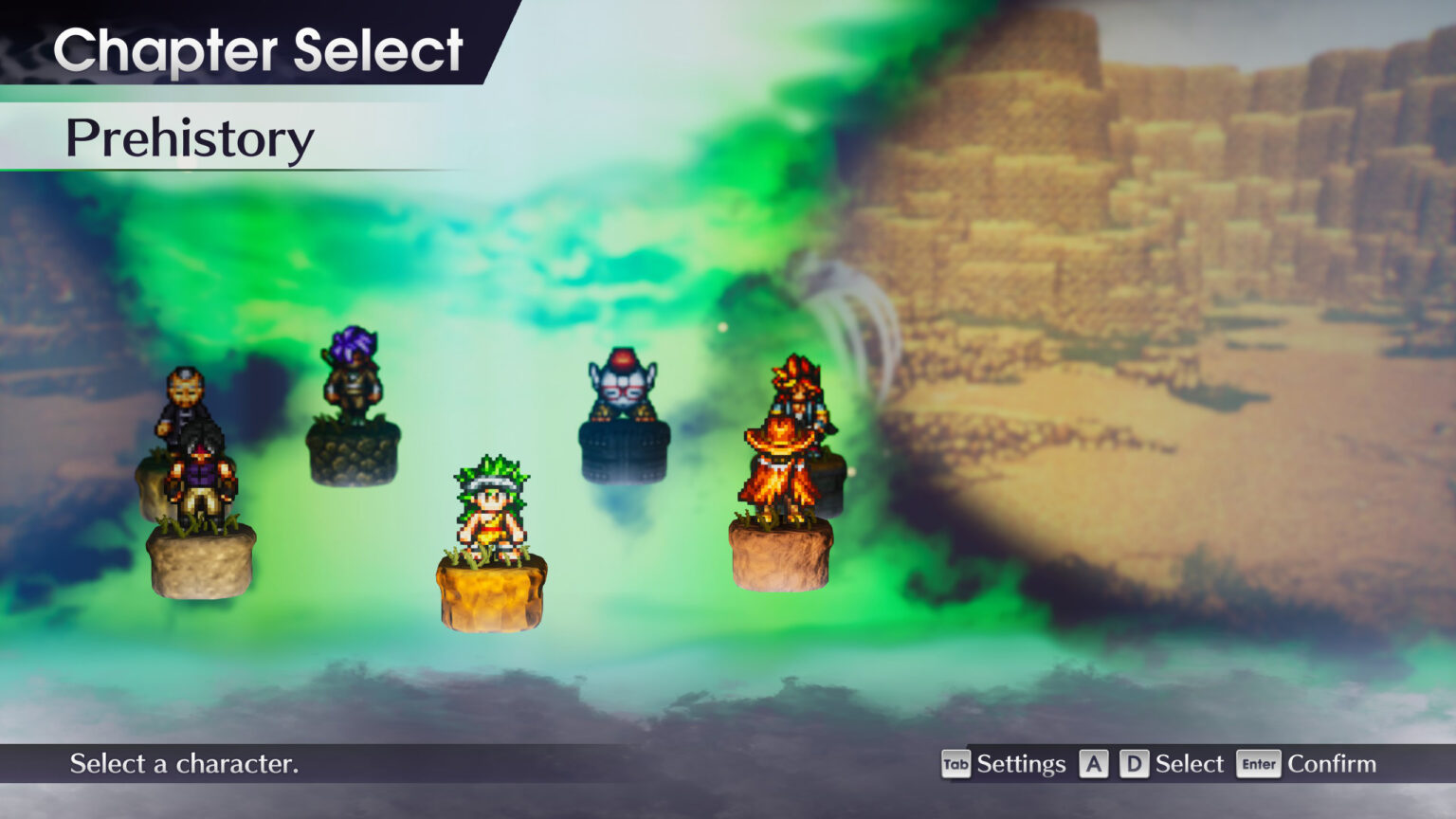
This is one memorable cast, despite not spending dozens of hours with each character
The Cast
One of the reasons why 16-bit era RPGs are so memorable are because of their characters. Team Terra vs. Team Celes was the original Team Aerith vs. Team Tifa, and LIVE A LIVE’s ensemble cast doesn’t skip a beat. And despite the stories having a varying degree of emotional attachment, you might just find it difficult to pick a favorite character or two. The voice acting was a very nice addition in the remake, and is surprisingly well done with a few minor exceptions. There are both Japanese and English tracks to choose from.
The Prehistory era stars Pogo, and as I mentioned before, this is an entire period of time with no spoken language. It’s an endearing and cute story that is told, and its unique mechanic has Pogo using his powerful sense of smell. In The Wild West, there’s the gunslinger Sundown Kid who works with the locals to prepare traps to take down the Crazy Bunch gang. In the Twilight of Edo Japan, players take on the role of the Enma clan shinobi Oboromaru, equipped with the Shroud of Shadows skill that is essentially a stealth skill. This era was rather interesting, because there’s a counter of how many people you kill.
In Imperial China, Earthen Heart Shifu seeks out to train a worthy successor. Choosing three protégés, choices do matter in this era featuring a heartwarming story. The Present Day has players taking on the role of Masaru Takahara who dreams of becoming the world’s strongest fighter. This era draws inspiration from 16-bit fighting games like Street Fighter II and Mortal Kombat II, and has a clever blue mage-like system, where getting hit by the techniques allows Takahara to learn them.
The Near Future centers around Akira and his sister Kaori, in the era that I felt had the most complete gameplay experience. There’s combat, there’s exploration, and there’s a lot of story elements in this era — which is why I recommend to play it last, even though I didn’t in my playthrough. Akira is armed with psychokinetic powers, which allows the player to read minds. Finally, there’s The Distant Future starring Cube, a round robot abord the transport freighter Cogito Ergo Sum. See? Love, death, and robots.
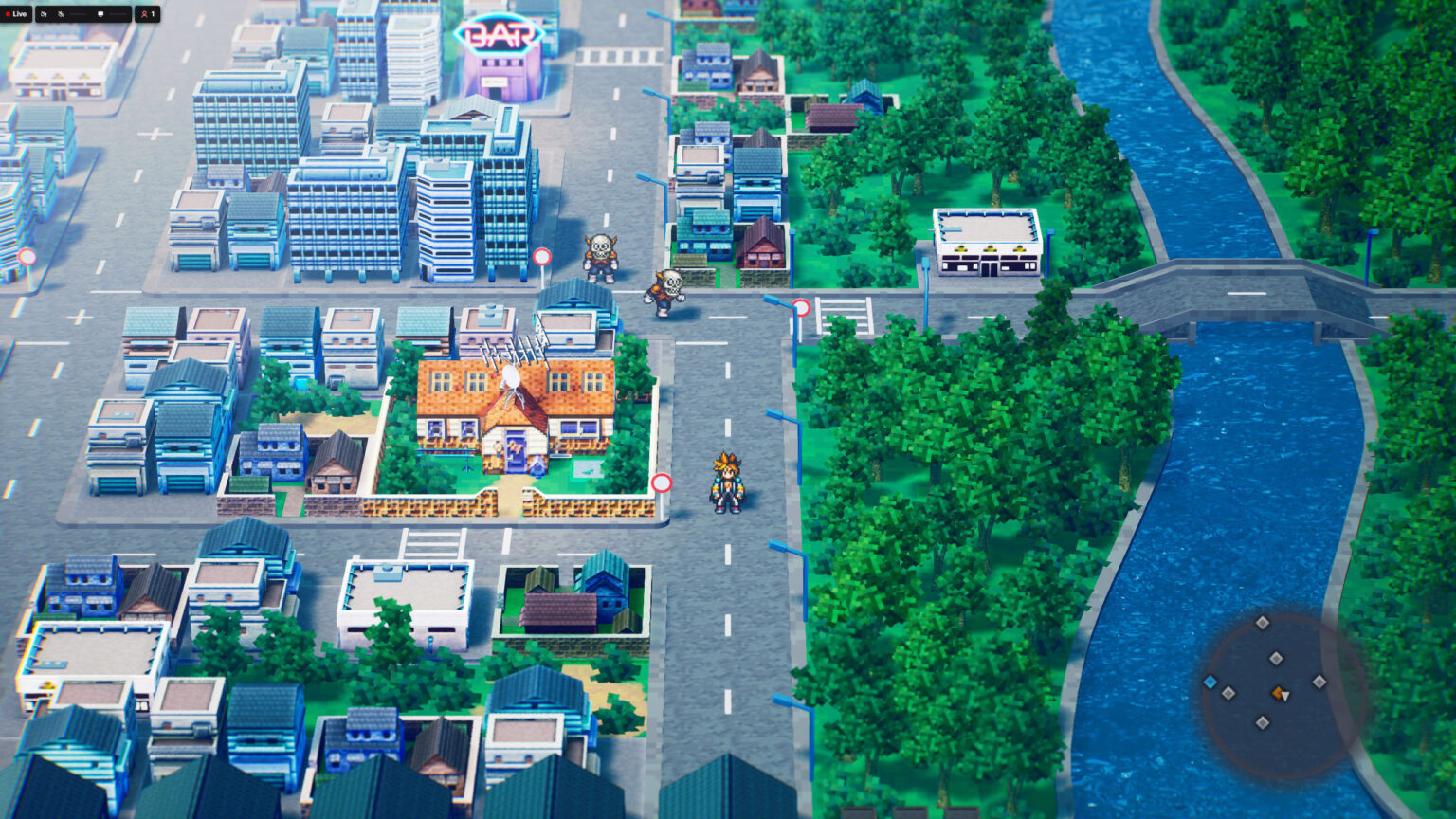
There’s a bit of charm in LIVE A LIVE that’s noticeably absent in today’s AAA productions
My One Complaint
Look, if you played JRPGs from the 16-bit era, you probably know what you’re getting yourself into. But LIVE A LIVE has aged very well and is one of the best JRPGs I have played in years. It isn’t perfect though, as the final act somehow manages to go against everything that happens before it. Each individual story doesn’t overstay its welcome, but the last bit of the game almost feels like a chore compared to the rest. There are some great surprises that make it exciting, but it’s bogged down by excessive combat and optional exploration. The biggest issue I ran into however, is that you can potentially back yourself into a corner that’s very difficult to recover. I recommend creating multiple save files once you reach the final chapter of the game to avoid getting stuck in a frustrating loop.
Soundtrack
Another staple of classic Square Enix JRPGs are their soundtracks. LIVE A LIVE’s comes from the famous Yoko Shimomura. In the JRPG space, she is known for composing the Kingdom Hearts series, Final Fantasy XV, Super Mario RPG, Parasite Eve, Legend of Mana, and Xenoblade Chronicles. LIVE A LIVE is just another shining star in her repertoire. The rearranged version of the game’s soundtrack, recreated under Shimomura’s supervision, holds its own against some of the greatest of the era.
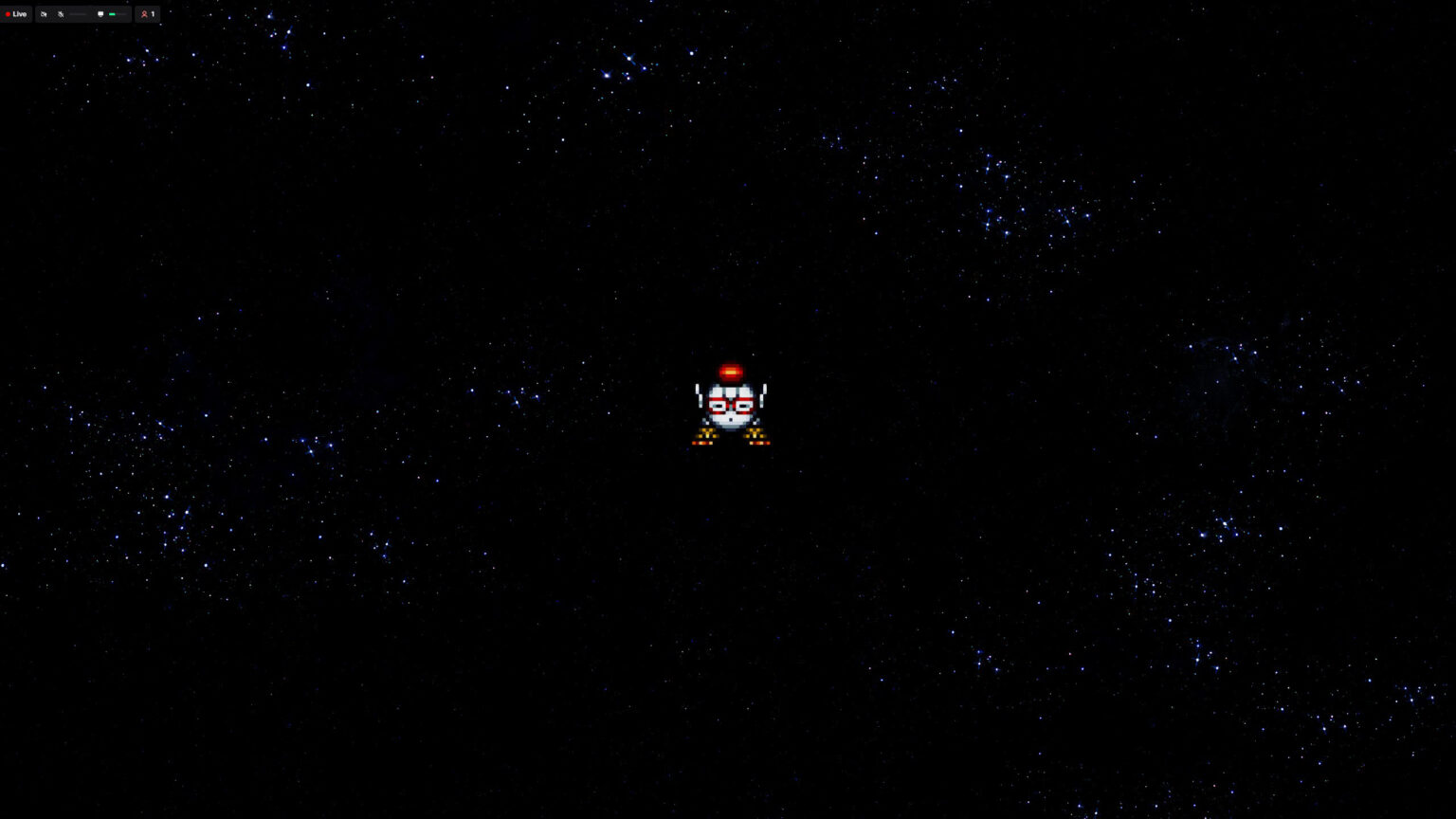
Named Cube, this robot stars in The Distant Future era
Final Thoughts
LIVE A LIVE offers anywhere from 25 to 40 hours of entertainment, depending on how thorough you want to be in your playthrough. The game features multiple endings, which is another reason why I recommend having multiple save files towards the end. My playthrough was a bit longer than the average since I was trying to be as thorough as possible for a review, but LIVE A LIVE is also an experience you don’t want to rush through. It’s worth the journey to take in as much as you can, leading up to its culmination.
My favorite JRPG from the SNES era will always be Chrono Trigger, so it’s probably little surprise I’m now a massive fan of LIVE A LIVE and highly recommend it. You see, LIVE A LIVE is the first title that Takashi Tokita directed and he also served as the lead designer for Final Fantasy IV, before directing other classic hits including Parasite Eve and the aforementioned Chrono Trigger. Hopefully, with the success of LIVE A LIVE’s remake, we’ll see a Chrono Trigger remake with the same HD-2D treatment. Because if there’s one 16-bit era JRPG that deserves it now that LIVE A LIVE has been released, it’s Chrono Trigger.
Performance on both my PC and the Steam Deck were smooth with no bugs or crashes to report. LIVE A LIVE does not support ultrawide resolutions.
LIVE A LIVE was released on April 27, 2023, for PC. This review is based on a retail code provided by Square Enix. FullCleared does have affiliate partnerships, but they do not influence editorial content. We may, however, earn commissions for products purchased via affiliate links. Square Enix was not provided with a copy of this review prior to publication. There were no preconditions for accepting the product for review.

